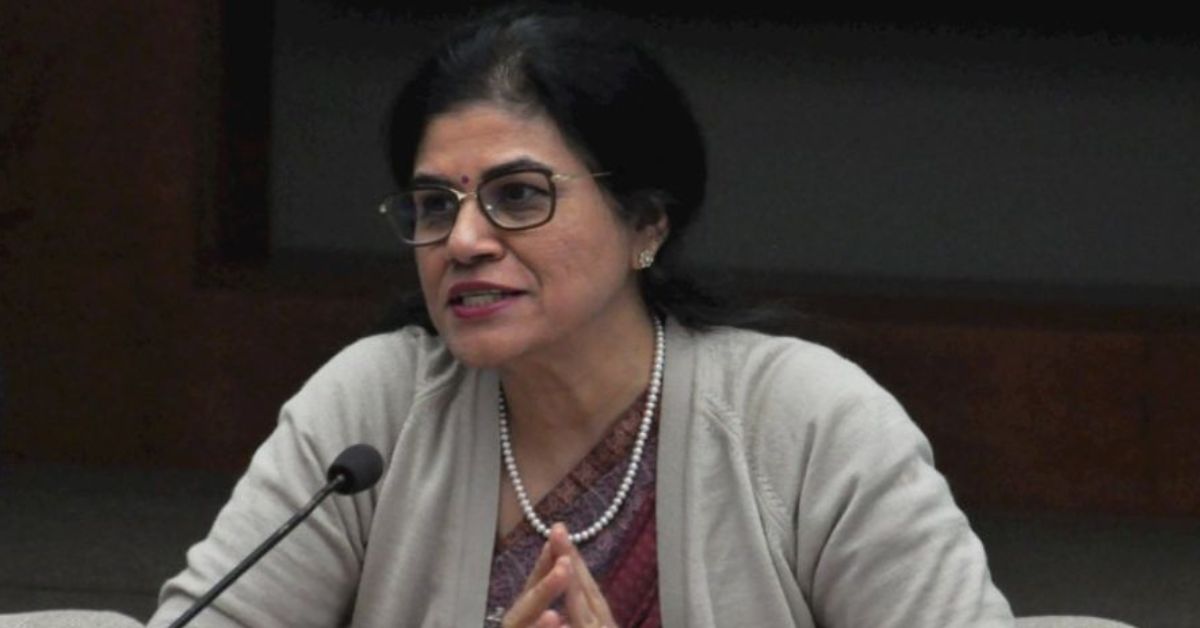The Ministry of Road Transport and Highways unveiled four groundbreaking road projects worth a staggering Rs. 45,000 Crore, meticulously aligned with the GatiShakti principles. Among these transformative endeavors, the first proposal unveiled a Greenfield Road spanning the states of Gujarat and Maharashtra. Beyond enhancing connectivity for industrial hubs in Navsari, Nashik, and Ahmednagar, this project extended its benevolent reach to the agriculture sector, contributing to the holistic socio-economic upliftment of tribal districts such as Navsari, Valsad, and Nashik. It also promised to bolster the tourism sector while creating vital links to aspirational districts like Osmanabad.
The second Greenfield Road project, situated within Gujarat, charted a course through Banaskantha, Patan, Mahesana, Gandhinagar, and Ahmedabad Districts. This visionary initiative aimed to seamlessly connect the Amritsar-Jamnagar economic corridor with the bustling urban centers of Ahmedabad and Vadodara, thereby championing the cause of multi-modality in the region.
Moving eastward, the third road project unfolded in the state of Bihar, proposing the construction of a 4-lane Patna-Arrah-Sasaram corridor under the ambitious Bharatmala Pariyojna. This monumental endeavor promised to usher in socio-economic progress in Left-wing Extremism (LWE) afflicted regions, particularly tribal areas. By optimizing logistics and reducing travel time, it sought to establish a fluid link for traffic traversing from Uttar Pradesh through the Purvanchal Expressway en route to Jharkhand and Patna, all while integrating waterways within the region.
The fourth road project, strategically situated in Uttar Pradesh, aspired to enhance interstate connectivity, fostering a seamless union among Madhya Pradesh, Rajasthan, Uttar Pradesh, and Uttarakhand.
In a parallel vein, two railway project proposals, commanding a total investment of approximately Rs. 6,700 Crore, graced the meeting’s agenda. The first entailed a transformative Greenfield railway line coursing through Odisha, touching the districts of Ganjam, Nayagarh, Khandhamal, Boudh, Sambalpur, and Angul. This pioneering initiative aimed to unify western Odisha’s industrial and mineral clusters with the East Coast port, while also facilitating shorter port connectivity for the industrial hubs of eastern Chhattisgarh. With a promise of holistic socio-economic development in tribal belts, especially in Kandhamal and Boudh districts, this railway line laid the foundation for new industrial corridors.
The second railway project proposal unfolded in the enchanting state of Kerala and entailed the doubling of railway lines. This strategic augmentation of infrastructure pledged to elevate rail movement quality within a highly stressed corridor of Southern railway. Notably, it aimed to slash travel time for both goods and passenger trains, thus enhancing overall efficiency.







